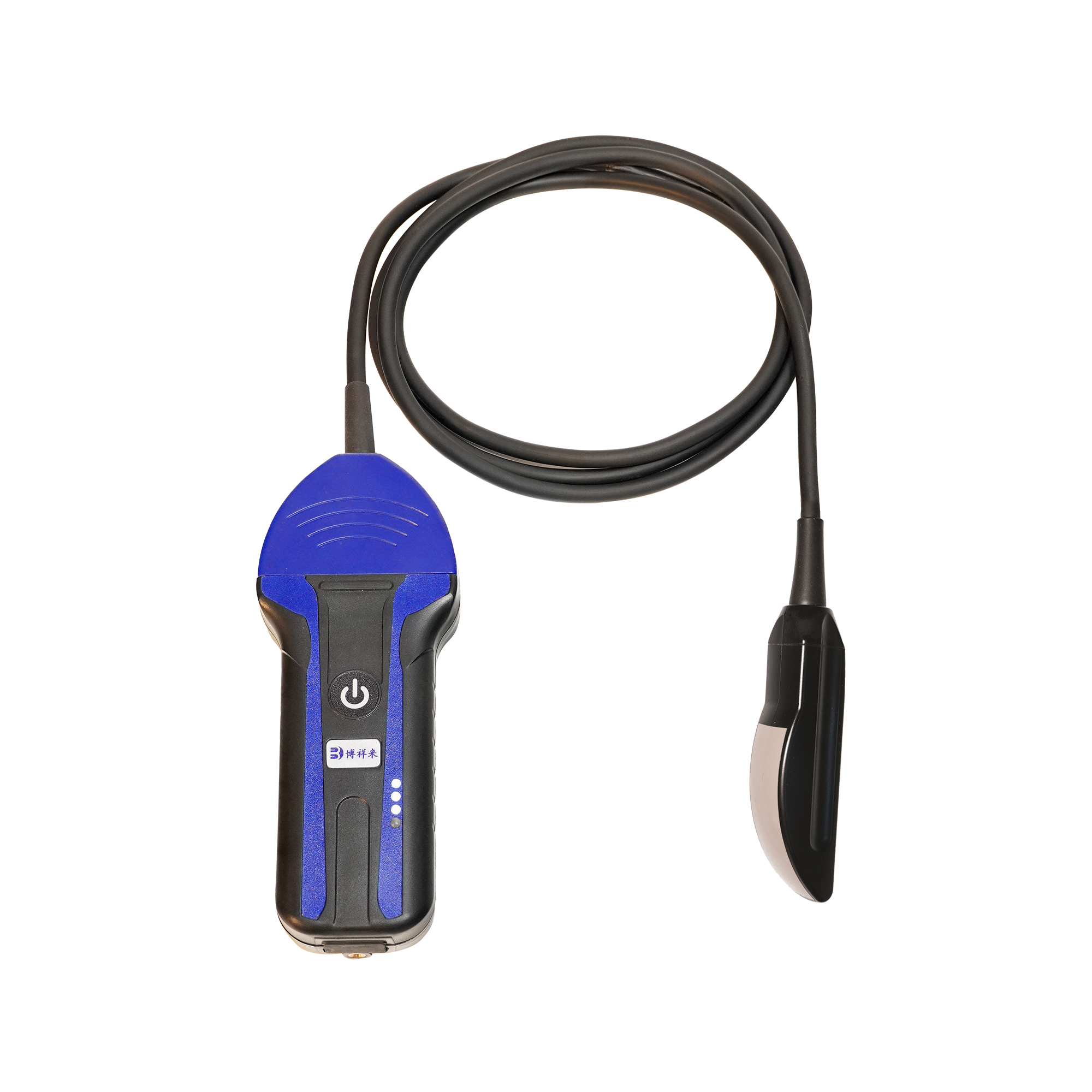Lamb dysentery is an acute contact infectious toxemia of newborn lambs, characterized by a short course of disease, diarrhea, and ulcers in the small intestine. The condition of the intestine can be clearly seen through sheep B-ultrasound examination. This disease mainly harms lambs under 7 days old, especially those aged 2-3 days, and rarely occurs in lambs over 7 days old. In sheep farms where lamb dysentery occurs, this bacterium is widely distributed in the soil, especially in sheep houses, delivery rooms and other places where sheep are concentrated. This bacterium enters the digestive tract of ewes with contaminated feed and drinking water, making them carriers and excreting pathogens. Lambs a few days after delivery will be infected with this bacterium when they come into contact with the contaminated nipples of ewes, the contaminated hands of managers and the feces of lambing ewes. Therefore, it is necessary to use sheep B-ultrasound for regular observation at this stage. This bacterium mixed with Escherichia coli and enterococci to infect newborn lambs can greatly enhance their pathogenicity, and even a low infection dose can cause the death of sick sheep.

The dry grass feed changes suddenly during the winter-spring season, and the sheep's stomach and intestines cannot adapt to it, causing diarrhea. The grass and hay should be fed from less to more, so that the sheep's stomach and intestines have a gradual adaptation process, and the sheep's B-ultrasound should be used for regular observation. After diarrhea occurs, the sheep can be treated by taking gentamicin or feeding a small amount of roasted grains, but after treatment, it is necessary to observe the sheep's intestinal tract with B-ultrasound.
Excessive grass consumption will ferment rapidly in the stomach, produce a large amount of gas, and expand the sheep's rumen. Failure to rescue in time will lead to death. There are a lot of strong echoes in sheep B-ultrasound observation. Chew a willow stick horizontally in the sheep's mouth, tie the two ends to the sheep's head with a rope, and massage its left flank with your hand to help exhaust. Or peel off the paper of 5-10 cigarettes, and put the tobacco into the sheep's mouth twice. The mild ones will recover after eating cigarettes. You can also use 10-20 grams of fresh wood ash and 50-100 ml of vegetable oil for oral administration. In severe cases, you can ask a veterinarian to perform puncture and deflation under the guidance of sheep B-ultrasound.







